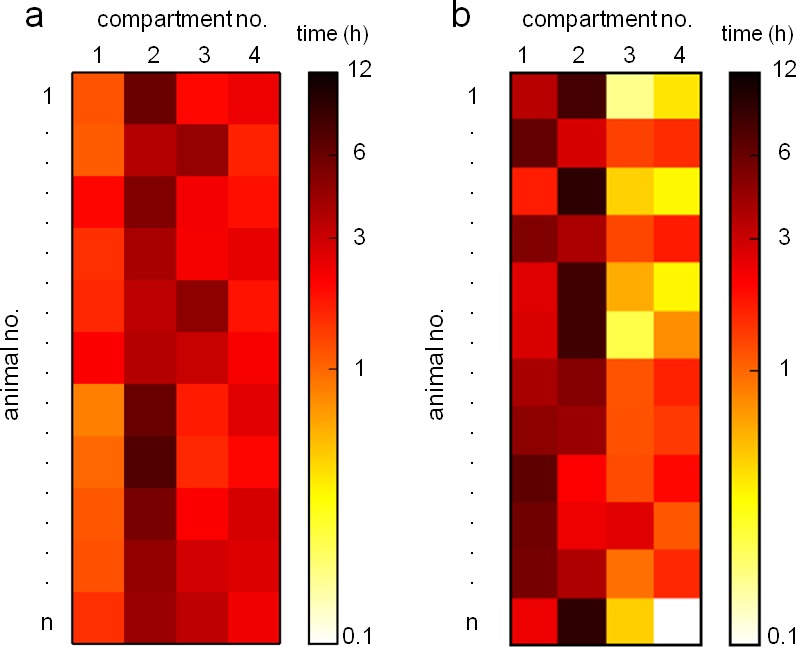Figure 1. A schematic representation of Eco-HAB system and data processing.
Eco-HAB consists of four housing compartments (a), tube-shaped inter-territorial passages (b), radio-frequency identification antennas (c), and impassable, perforated partitions behind which social and non-social (control) provenance stimuli may be presented (d, red/green dots). Food and water is available in housing compartments adjacent to those containing partitions. Eco-HAB is equipped with customized electronics and two software packages: Eco-HAB.rfid (for data acquisition and collection) and Eco-HAB.py (for filtering corrupted data segments and performing tailored analysis). For a detailed system and software description, see 'Materials and methods'.
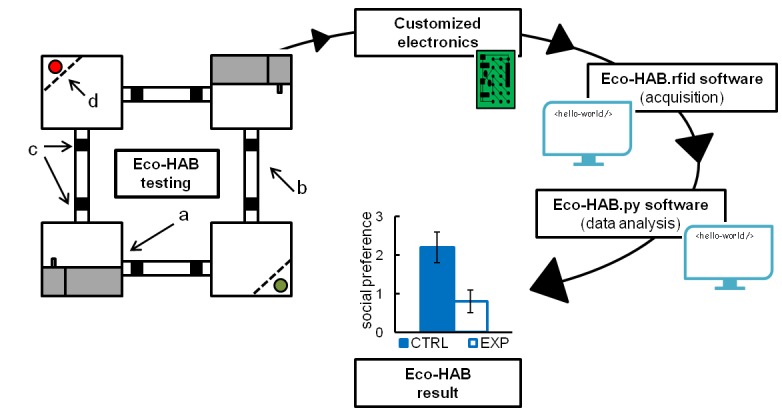
Figure 1—figure supplement 1. Block schematic diagram of customized electronic system for Eco-HAB.
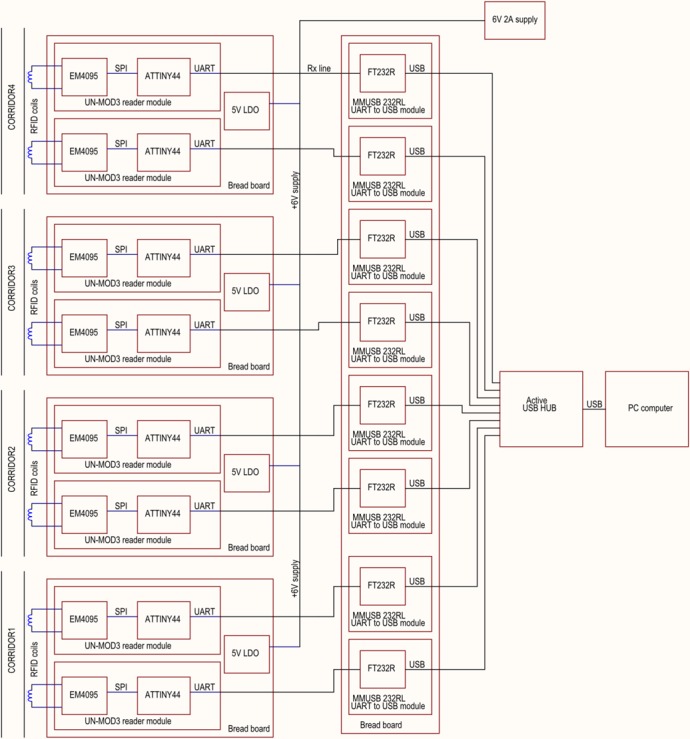
Figure 1—figure supplement 2. RFID antenna efficiency compared to video-based manual scoring.
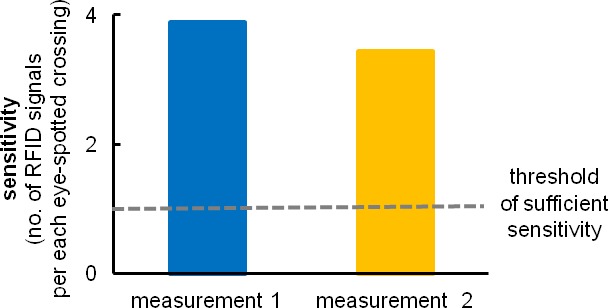
Figure 1—figure supplement 3. Comparison of time (person-hours) needed for Eco-HAB testing versus three-chambered apparatus testing (stress reducing conditions) of a group of 12 mice.
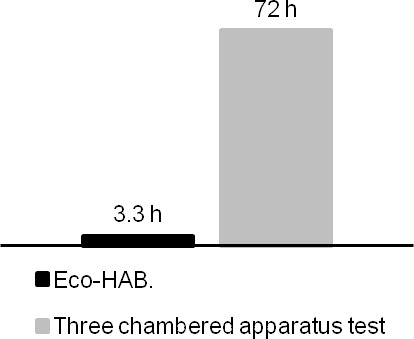
Figure 1—figure supplement 4. Eco-HAB measures in-cohort sociability in mice.
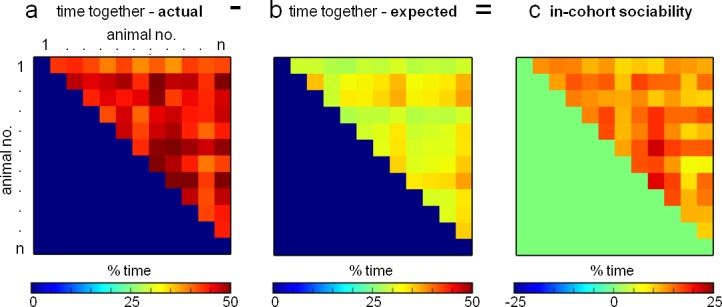
Figure 1—figure supplement 5. Eco-HAB allows for a detailed analysis of subjects' preference to spend time with another mouse from a tested cohort.
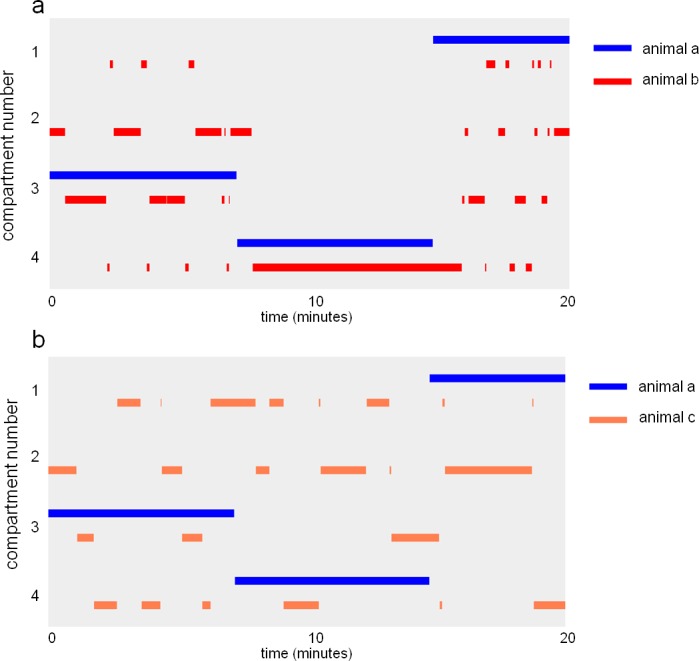
Figure 1—figure supplement 6. Monitoring of subjects’ dispersal within Eco-HAB territory for exemplary cohorts of (a) C57BL/6 and (b) BALB/c mice.
